The marine industry is one of the key pillars of global trade, with millions of tons of goods transported by sea each year. This industry is characterized by specific challenges, including managing risks related to the presence of potentially hazardous gases on board ships. Gas detection is a crucial component of on-board safety, protecting both the crew and the structural integrity of the ship itself.

Marine: which gases are detected and why
On board ships, various types of gases can pose a threat. Among these, the most common are:
- Carbon Monoxide (CO): can be generated by incomplete combustion in engines or by boilers.
- Liquefied Petroleum Gas (LPG): used as fuel, it is highly flammable and can accumulate in confined spaces.
- Carbon Dioxide (CO2): used in fire extinguishing systems, can be fatal in high concentrations.
- Toxic and Corrosive Gases: such as chlorine or hydrogen sulfide, often found in transporting chemicals.
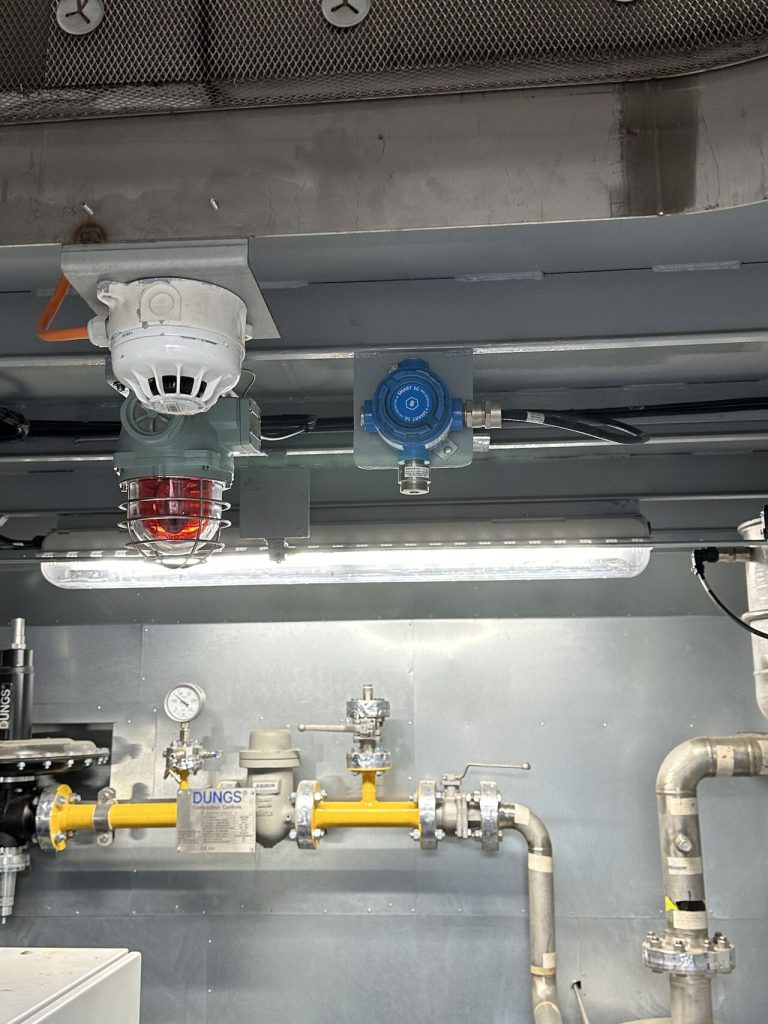
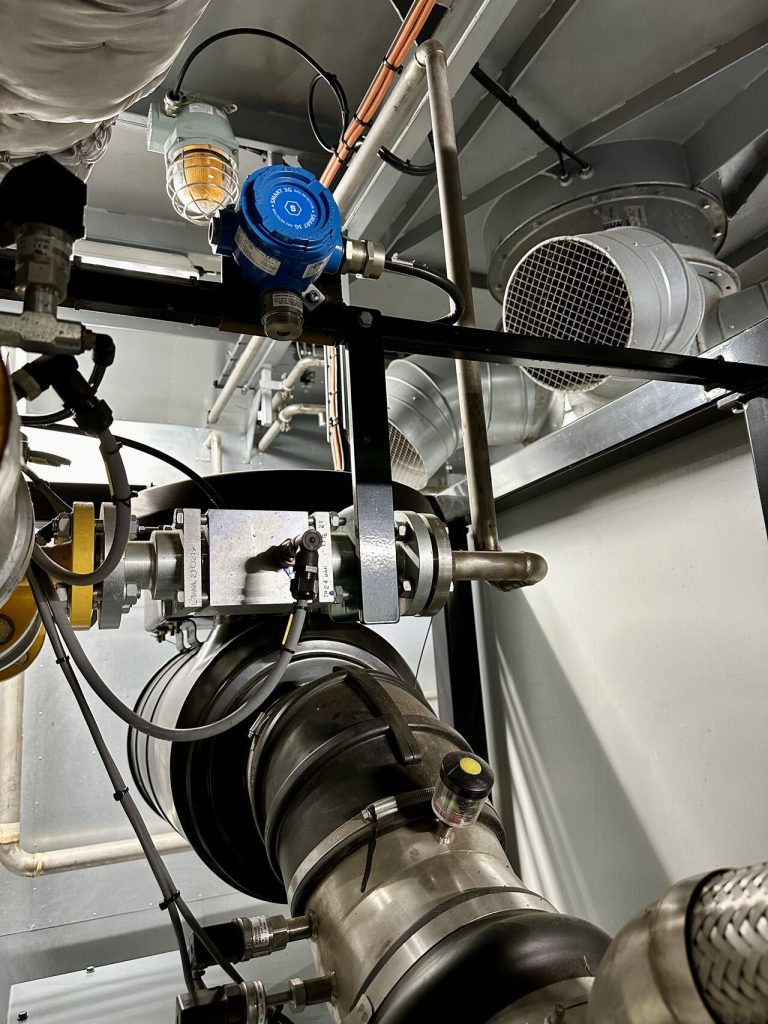
Gas detection technologies in the marine industry
There are various technologies used for gas detection aboard ships, each with its own caretteristics:
- Hyphrared sensors: These devices work by the absorption of infrared light by gas molecules. They are particularly effective in detecting gases such as CO2 and methane.
- Catalytic sensors: Used primarily for flammable gases, these sensors detect the catalytic combustion of a gas in the presence of oxygen.
- Electrochemical cell sensors: These instruments are used to detect toxic gases such as CO and H2S. They work by measuring the electric current generated by a chemical reaction between the gas and an electrolyte.
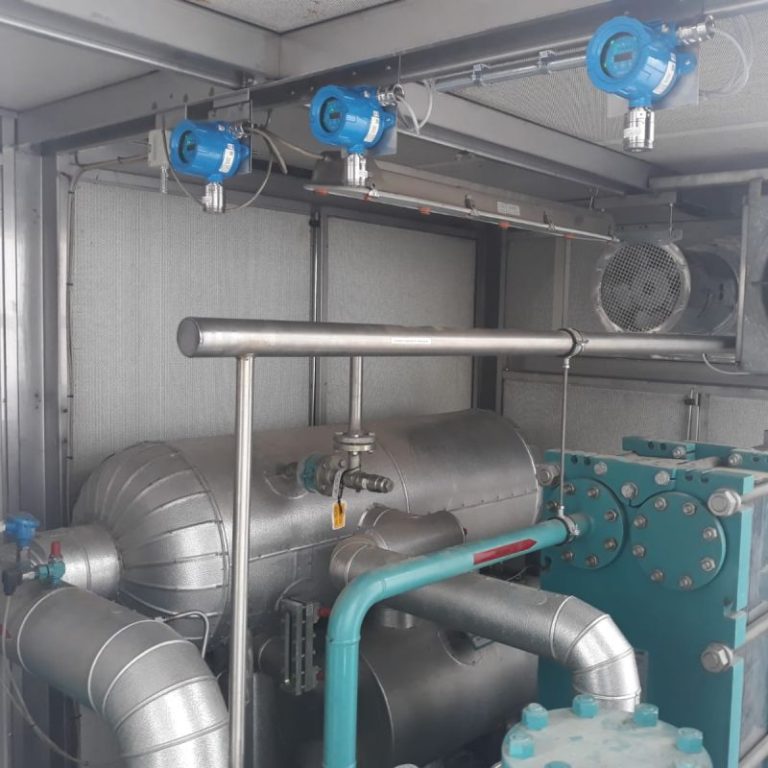
Marine and gas detection: MED certification
The Marine Equipment Directive (MED, Directive 2014/90/EU) ensures that safety requirements are applied and implemented in a harmonized manner throughout the European Union.
The objectives of the standard are:
- Improve safety at sea
- Prevent marine pollution
Discover our produtcs
Sensitron gas detectors are suitable for use in any application:
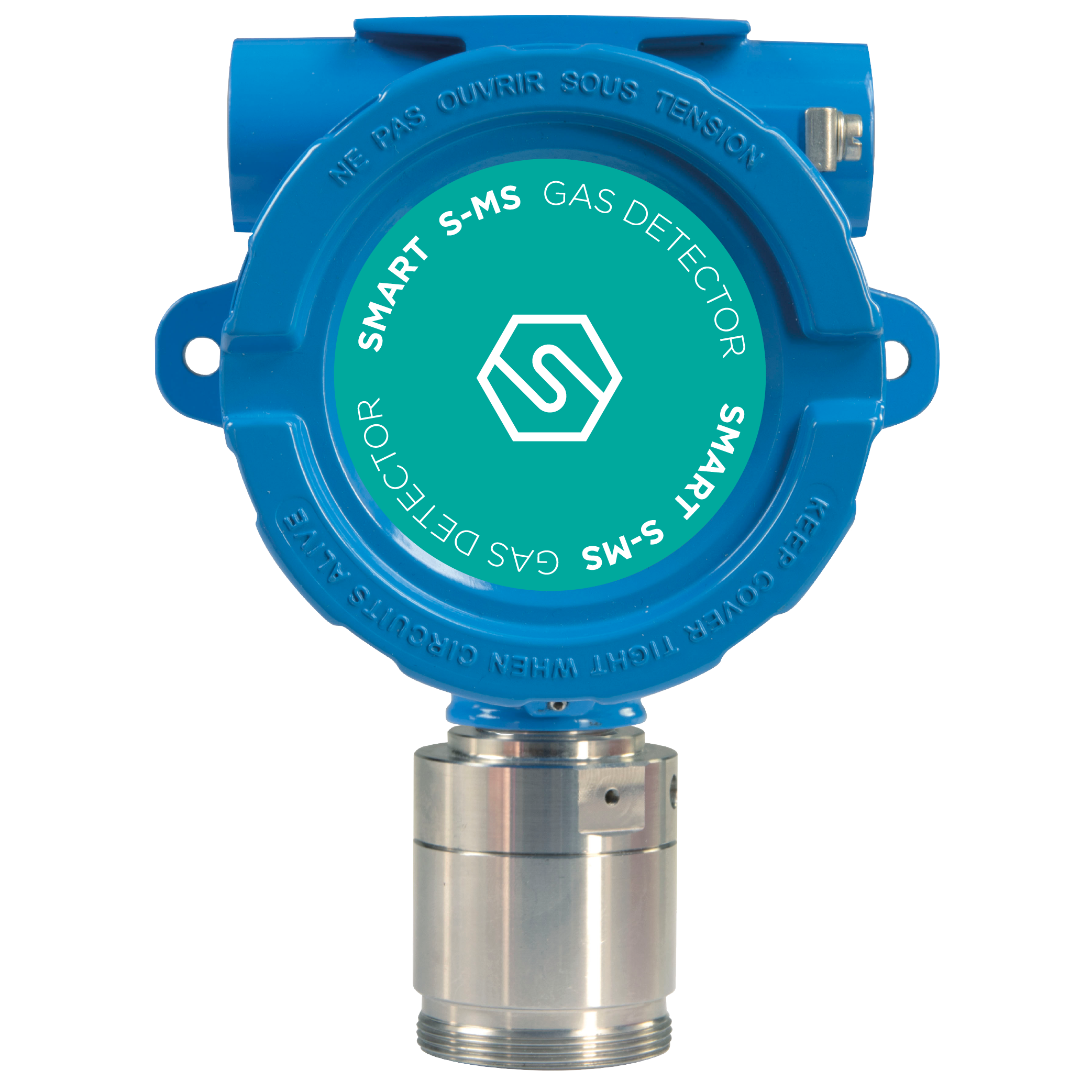
SMART S MS
Designed to withstand the harsh conditions of the marine environment, the SMART S-MS gas detector is equipped with catalytic sensor or infrared sensor to detect major flammable gases. The detector is certified SIL 2 Hardware, SIL 3 Software, ATEX for Zone 1 with II2G Ex db IIC T5 Gb marking and holds Lloyd's Register certification for marine.
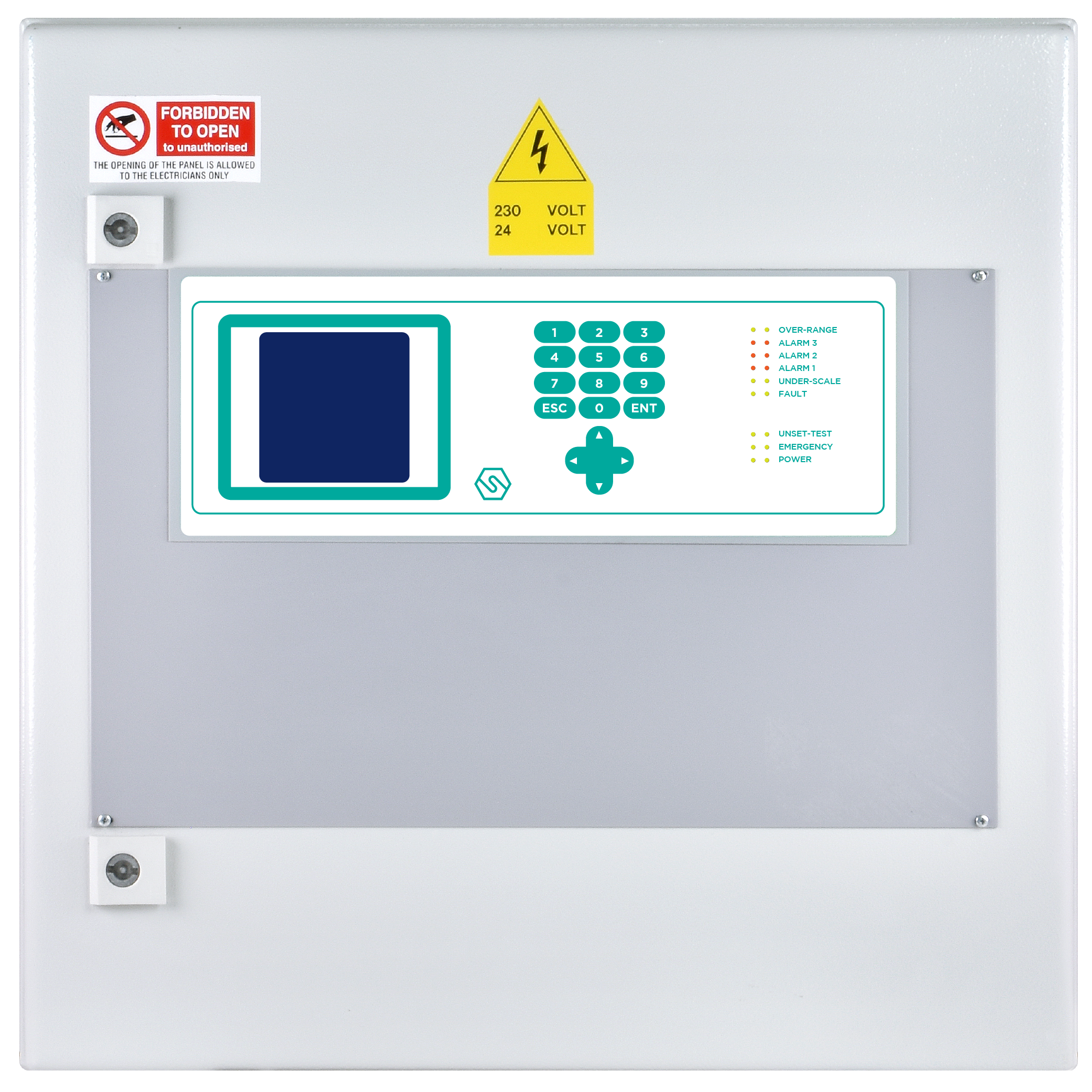
MULTISCAN ++MED
MULTISCAN++MED is the system for gas detection in the marine sector. It allows gas detectors to be connected in both 4-20 mA and RS485 serial modes directly on a loop. The MULTISCAN++MED control unit is ATEX certified, meets SIL2 functional requirements and is Lloyd's certified for marine.

